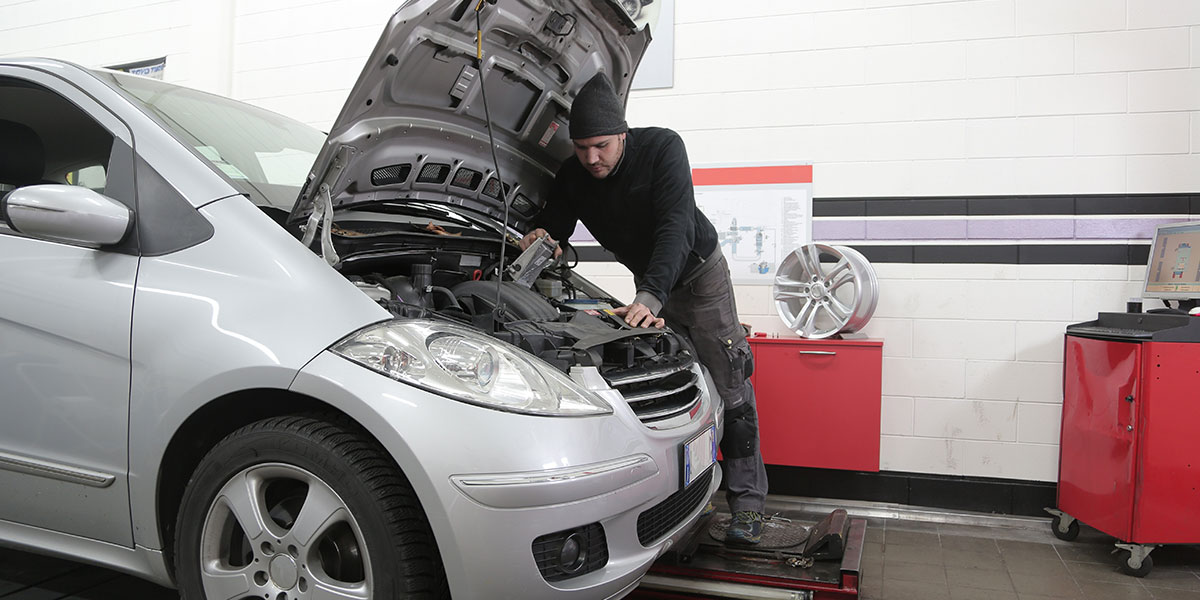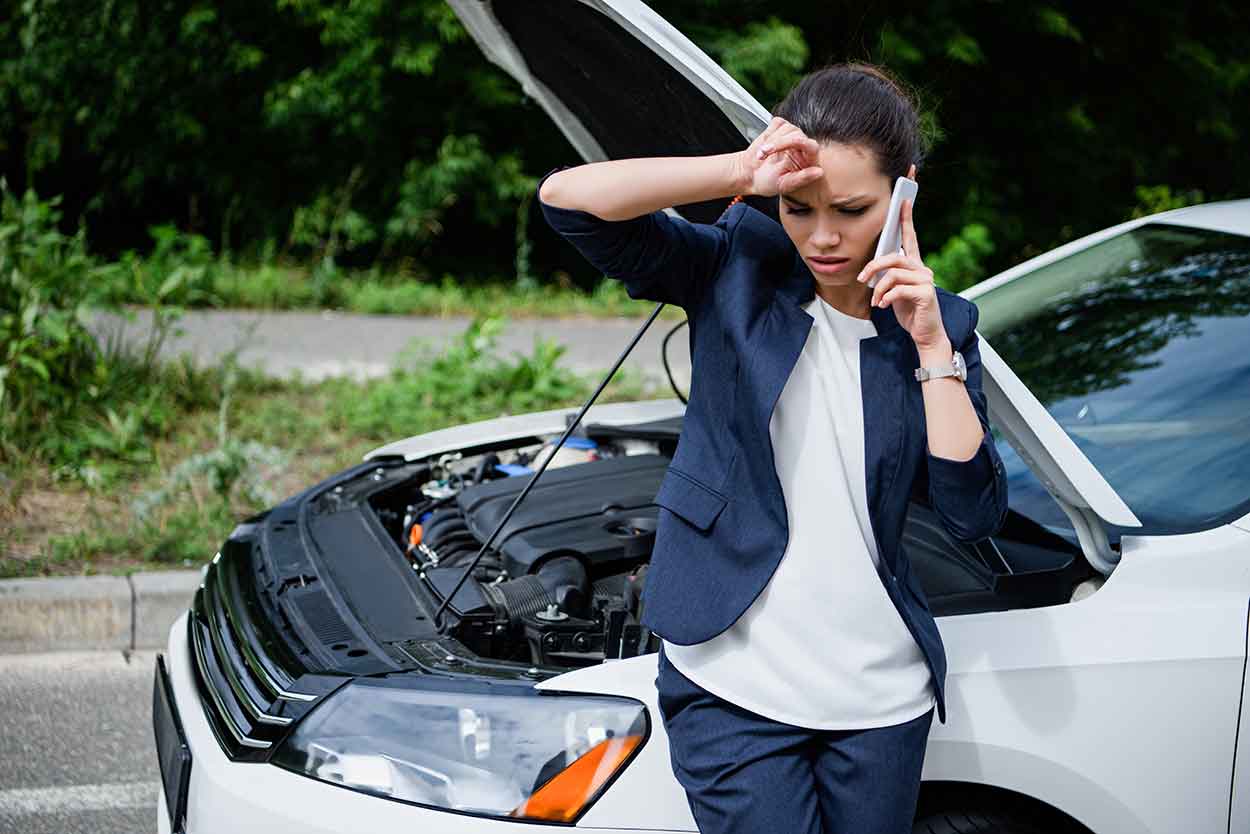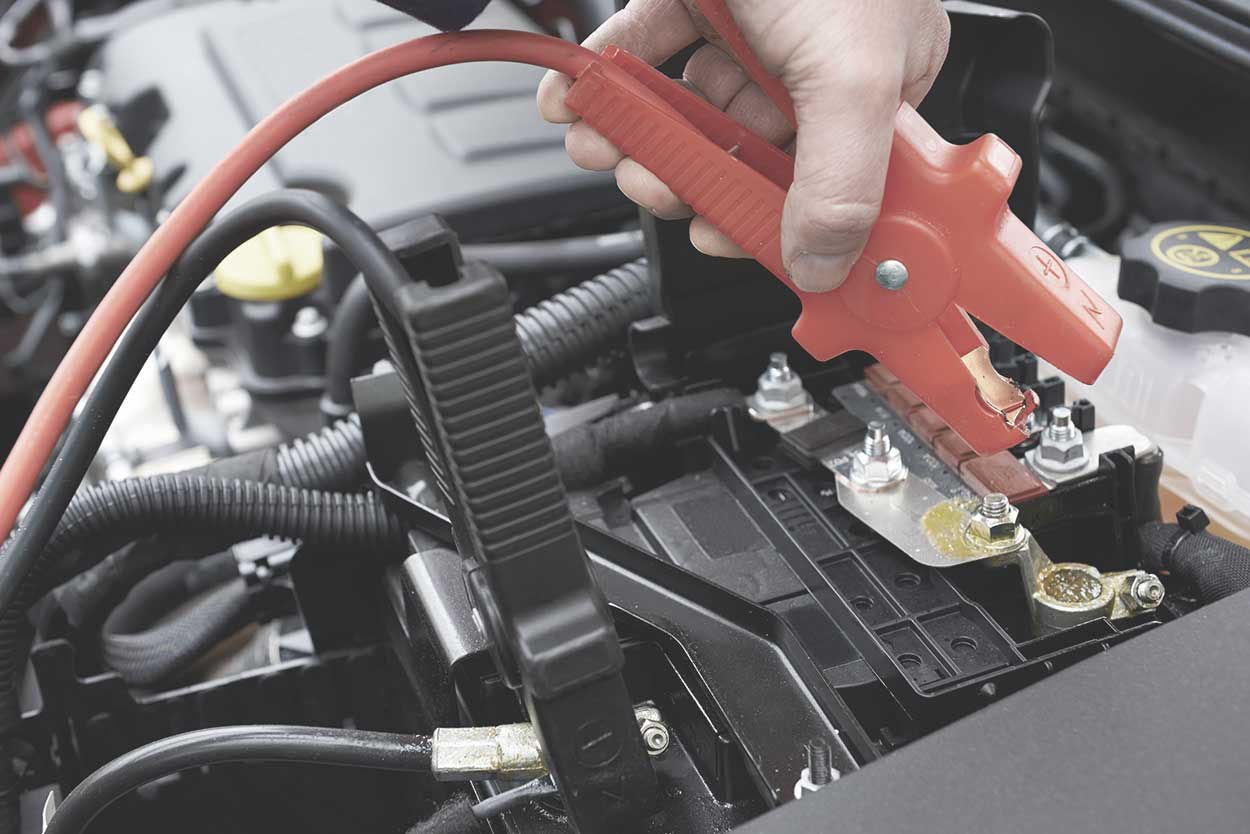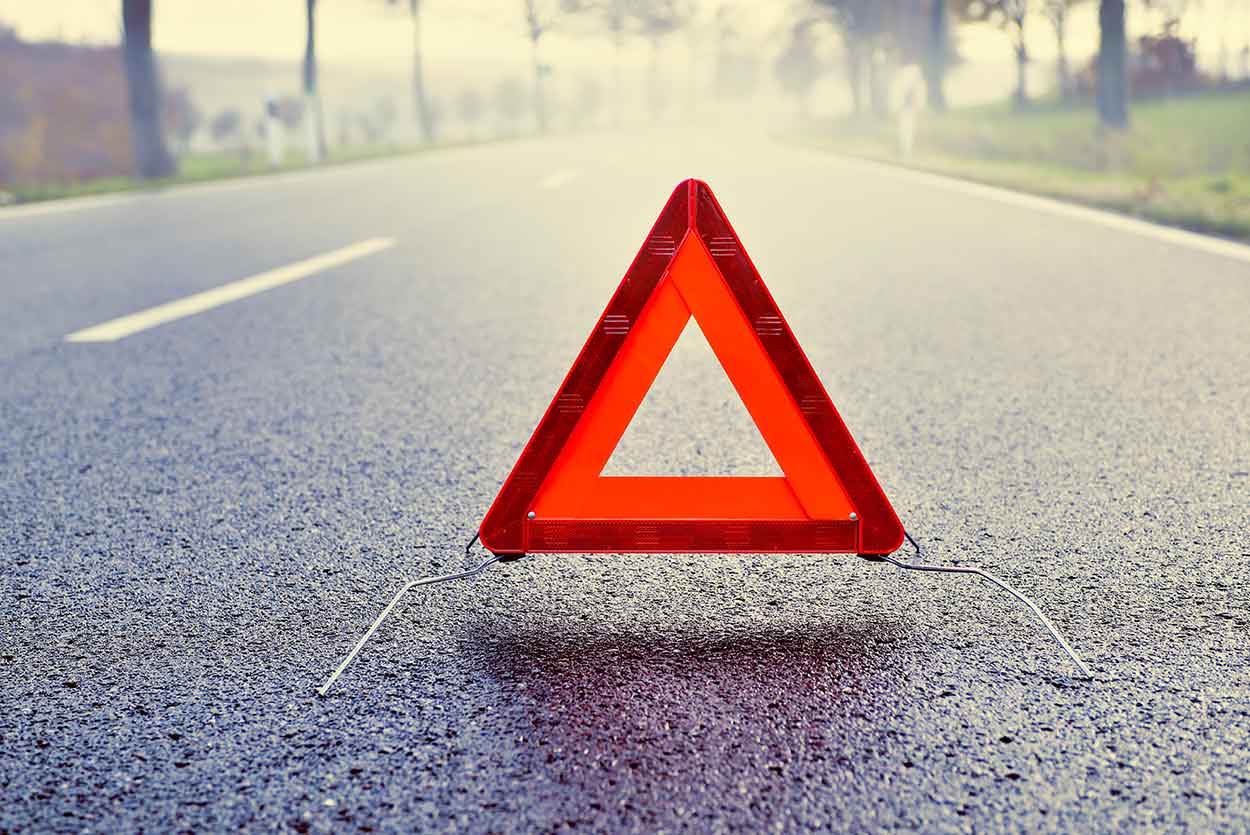So, how often should you replace a car battery? Car batteries typically last between 3 to 5 years, depending on factors like your driving habits, weather and climate conditions and maintenance routines.
It’s worth establishing whether your battery is in a good state prior to hitting the road. That way, you’ll avoid unexpected breakdowns and support the reliable function of your vehicle’s electrical system.
This article breaks down the question of how often to replace a car battery for petrol and diesel vehicles. The rules for electric and hybrid batteries can vary.
Why car batteries are so important
Your car battery has a critical role in the functioning of your vehicle. It powers the engine by translating chemical energy into electrical energy and initiating combustion, but it’s also responsible for powering electrical systems and the onboard electronics.
Most modern cars now have sophisticated onboard electronics, which require more power from the battery. Everything from air conditioning systems to music players can strain battery function, increasing the risk of battery failure.
Regular car battery checks can help maintain its health and prevent any inconvenient breakdowns and unexpected expenses.
How often should you replace a car battery?
The average lifespan of a car battery is anywhere from 3 to 5 years. However, this varies based on your vehicle usage and environmental factors, including:
Climate and temperature
Extreme heat and cold will negatively impact your car battery, reducing its lifespan. Using the best battery type for your climate can minimise the impact of temperature variation on your vehicle battery.
Driving habits
Short trips and infrequent use of your car can shorten its battery life.
Driving your car regularly (at least once a week) for anywhere from 30 minutes to an hour can help maintain a healthy battery.
Electrical usage
Your car’s electrical use will impact its battery. Newer cars have highly sophisticated internal computers, which can drain a battery even when the vehicle is parked and switched off.
Never use a car’s electronics when the engine is switched off, as this will drain the battery.
Maintenance and care
Scheduling regular vehicle maintenance can help keep your battery functioning at its best.
Top tip: it’s sensible to test your battery function every year after the third year of use to ensure it’s working properly.
What are the symptoms of a dying car battery?
Slow engine crank
If you’re trying to start your car and the engine is either sputtering or groaning, that’s a sign that something is wrong with the battery.
A healthy car battery should provide a quick burst of power to start the engine. If your car is slow or sluggish to start, it can indicate a battery problem.
Equally, if you’re frequently having to jump-start your car, there may be a battery issue.
Dim headlights and electrical issues
If electricals like your car’s windows and heater are slower to operate, or if your headlights appear dimmer than usual, this may be a sign of a battery issue.
Clicking sound when turning the key
If you’re turning your car key or pressing the start button and noticing a clicking sound, this could indicate an issue with either the car starter or battery.
Check engine or battery warning light
Don’t ignore the battery symbol on your dashboard – it’s a sign there may be a fault in your alternator, battery or electrical system.
Swollen battery case
The case that your car battery is stored in can swell when exposed to extreme temperatures. If your battery case appears swollen or misshapen, this can be indicative of internal damage.
Keep an eye out for battery fluid leaks and any white, ashy material deposited on your battery terminals, which indicates corrosion. Either can signify that it’s time for a battery replacement.
Tips to help prolong your battery life
Regularly check and clean battery terminals
White, ashy material on your battery terminals can indicate their corrosion. By regularly checking and cleaning these, you prevent corrosion building and better your battery’s connectivity.
Limit short journeys
Short drives prevent your battery from fully charging – minimise these where you can.
Turn off electronics when the engine is off
Don’t use electricals like lights, radio and the AC when your engine isn’t running, as they drain the battery.
Check battery water levels
Maintain proper electrolyte levels for non-sealed batteries.
Secure the battery effectively
Ensure the car battery is always securely fastened to avoid vibrations that can damage internal components.
Regular testing and maintenance
Test your battery yearly, especially after the first three years of use.
What type of car battery do I need?
Identify your car’s battery type
Before you think about purchasing a new car battery, you’ll need to determine which one is right for your specific vehicle. For example, vehicles fitted with ‘start-stop’ technology – which turns your engine off when you’re at a standstill – will require a different type of car battery to vehicles without this tech.
Your vehicle’s owner’s manual should tell you the type of car battery for your vehicle. Alternatively, companies like Halfords have online tools that can advise on battery type once you’ve provided your registration number.
Common car battery types
There are three main types of car batteries – lead-acid, AGM (absorbent glass mat) and lithium-ion batteries.
Lead-acids are the most common car batteries because of their durability and affordability. They’re typically covered by a 3-year guarantee. Calcium car batteries offer a great alternative with a slightly higher starting power and longer guarantee.
An AGM battery is used in cars with start-stop technology. They’re more expensive but are also more durable than lead-acid.
Lithium-ion batteries power electric vehicles. They have a longer lifespan than lead-acid and are rechargeable.
Consider your driving habits
Remember, shorter journeys can wear your battery down. It’s sensible to choose a battery type that’s suitable for your driving patterns and needs.
Compatibility and performance
The right car battery for your vehicle will depend on factors like the car’s power needs and performance requirements, its specific technology, cost, weight and environmental factors.
You need to choose the most compatible car battery for your needs and usage.
Consult a professional
If you’re in doubt, always consult a professional.
How to replace a car battery safely
If you’re confident with replacing your own car battery, you can do so by taking the following steps. If you’re uncertain, always consult a professional.
Gather necessary tools: Ensure you’re wearing safety gloves and protective glasses and have both a new battery and spanner to hand.
Safety precautions: Always wear protective gear. Don’t change a car battery if the vehicle’s engine is on.
Disconnect the old battery: Locate the car battery – your vehicle’s owner manual should specify its location. Disconnect the old battery, starting with the negative terminal and ending with the positive terminal.
Do not touch any metal parts with the cable.
Remove the old battery: Safely lift and remove the old battery from the compartment.
Take care not to tip it, as you might spill battery acid.
Clean the terminals: Before installing the new battery, use a wire brush to carefully remove corrosion or residue. Rinse with clean water and thoroughly dry.
Install the new battery: To install a new battery or reconnect your existing one, connect the positive terminal first, followed by the negative.
Secure and test: Secure the battery and check its connectivity and functionality by starting your engine.
How to dispose of your car battery
In the UK, car batteries cannot be disposed of in regular household waste – they must be recycled at licensed facilities.
Batteries contain toxic chemicals like lead and acid. These can contaminate local environments if batteries are not disposed of properly, impacting both human and environmental health.
Where can I safely dispose of my old car battery?
You can dispose of car batteries at various licensed facilities. These include garages, scrap metal facilities, recycling centres and businesses like Halfords. If you’re replacing an old battery, you may be able to recycle it with the business from which you purchased your new one.
Frequently asked questions
How often should I replace my car battery?
A car battery should last from 3 to 5 years. However, this depends on factors like the battery type, usage and driving habits, climate, and vehicular maintenance and care.
Can I check my car battery’s health at home?
It’s easy to buy a voltmeter to test your battery function at home. A healthy battery should give you a voltage between 12.4 and 12.7V. Many modern batteries also have an in-built battery health indicator. You can also check for signs of battery corrosion or check how bright your car’s headlights are – they should stay stable when revving your engine.
Should you replace or recharge a car battery?
Recharging a car battery is generally a temporary solution. If you’ve left your lights on or electronics running, recharging your battery is probably appropriate. But if your car battery is over 5 years old, shows physical damage or corrosion, and doesn’t retain charge even after recharging, it should be replaced.
Discover affordable car financing with My Car Credit
An old car battery is easily replaceable – but if your car is past its prime and you’re thinking about finding another on finance, My Car Credit can help.
Use our online application form to kickstart your car finance journey, and don’t forget to check out our top motoring advice for UK drivers.
Rates from 9.9% APR. Representative APR 10.9%
Evolution Funding Ltd T/A My Car Credit
Require more help?
Got a question you can’t find the answer to, or need some advice and guidance around taking out car finance? Our Car Credit Specialists are friendly, experienced, and here to help so get in touch today!






